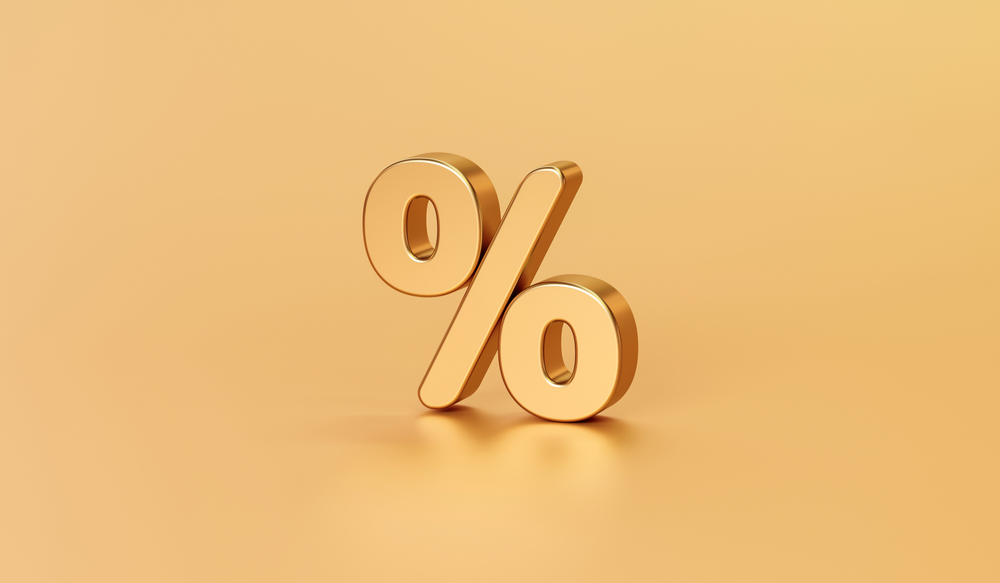Editor's Pick
Bank of England hikes interest rates to highest level in 14 years

What does it mean for your mortgage payments?
The Bank of England’s Monetary Policy Committee has voted by seven to two to increase its Bank Rate by 0.5 percentage points to 4%.
This is 10th rate hike on the run and the highest level the Bank Rate has been for 14 years.
In total, since December 2021, interest rate have been increased from 0.1% to 4%.
The Bank said that it knows that ‘higher interest rates have a real impact on people’s lives’.
But it added that ‘by raising interest rates it can bring inflation down sooner, and make sure it stays low after that’.
What the rise means for borrowers
On a fixed rate: If you are on a fixed rate mortgage your rate won’t change until the end of your current deal.
At this point you will automatically move onto your lender’s standard variable rate (SVR) – which has already gone up significantly to an average of 6.84%, according to Moneyfacts, and is likely to rise again after today’s increase.
Or you can choose to remortgage, but rates on new deals are now significantly higher than they were last year, and likely higher than you’re currently paying.
Today’s average two-year fixed rate was 5.44% compared to 2.44% last February, and the average five-year fixed rate is 5.2% compared to 2.71% a year ago. (Moneyfacts).
On a variable rate – including discounted variable rates, standard variable rates and trackers:
If you are on a variable rate that goes up and down in line with wider interest rates, your pay rate is likely to go up in the next month, on top of previous increases you’ve already faced in 2022.
Tracker rates will automatically rise by 0.5 percentage points while variable rate increases are at the lender’s discretion.
Your lender will contact you in the coming weeks with details of your new pay rate and monthly repayments.
Rightmove’s property expert Tim Bannister, said: “Today’s 0.5% rise in the Bank of England base rate is another cost that homeowners on a tracker mortgage will need to factor into their monthly budgets when the full rate rise is passed on.
“It’s likely that many of those on a tracker mortgage will still be on a lower rate than most current fixed-deals even with this increase, so we’re unlikely to see any rush to fix from this group just yet, although with the gap between tracker and fixed rates narrowing it may prompt more people to see what’s on offer in the coming weeks.
“For those considering taking out a fixed mortgage deal soon, the good news is that this increase was widely expected by the financial markets and will have likely been factored into their plans. This means that we may see fixed-rate mortgage deals continue to edge downwards in the first half of this year, as some stability and calm continues to return to the markets.”
Adrian Anderson, director of property finance firm, Anderson Harris, added: ““It’s almost impossible to remember that the Bank of England base rate stood at just 0.1% in December 2021. Some 1.8 million mortgage holders will see their fixed rate deal finish in 2023 and are yet to feel the impact of rising interest rates.
“These homeowners, along with the estimated two million on variable rate deals are likely to have a mortgage shock and face a significant increase in their payments at the same time as most of their other outgoings have increased markedly.”